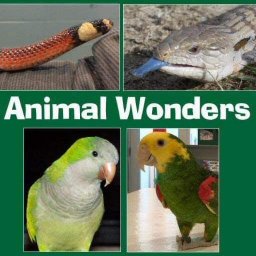Vulturine Guineafowl (Acryllium vulturinum)
The largest and most striking member of the guineafowl family Numididae, the species common name comes from its vulture-like appearance. I've always said they remind me of the Skeksis from the 1982 movie The Dark Crystal. I have also heard them compared to Mr. Burns from The Simpsons!
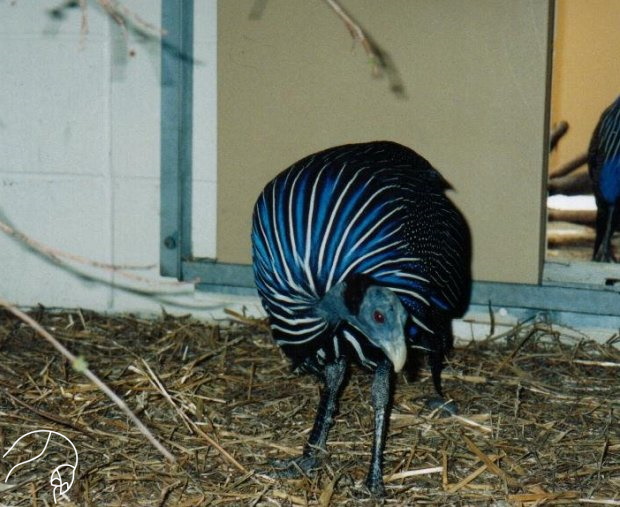
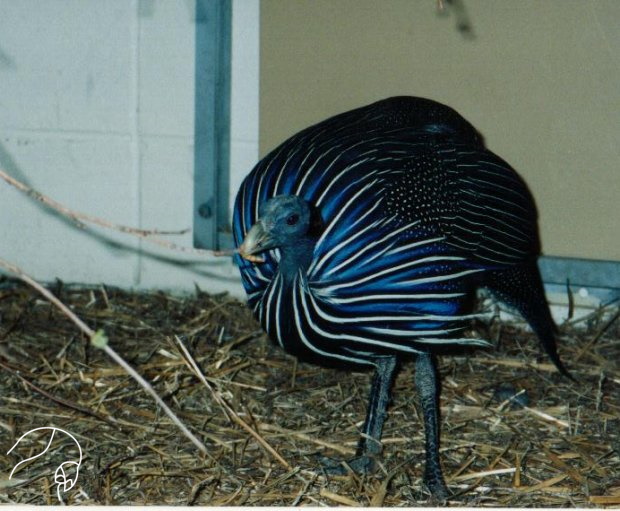
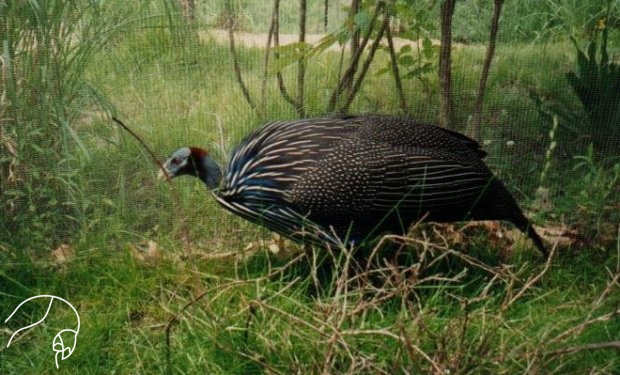
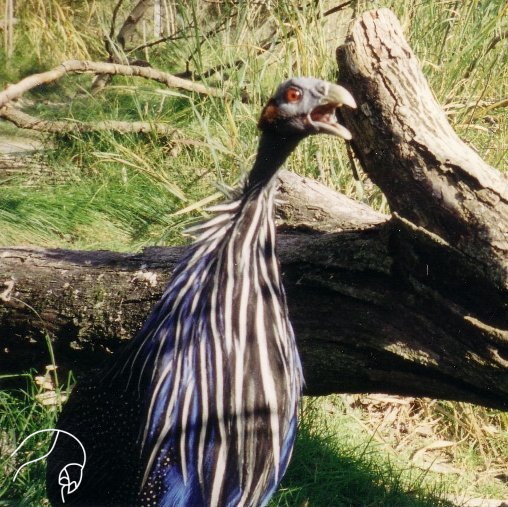
Scientific classification: Kingdom Animalia, Phylum Chordata, Class Aves, Order Galliformes, Family: Numididae, Genus: Acryllium, Species: Acryllium vulturinum
Range: Eastern Africa - Somalia, southern Ethiopia, eastern Kenya and northern Tanzania.
Subspecies: None
Habitat: Dry savannas and scrublands.
Status in Wild: Vulturine Guineafowl are quite common in eastern Africa and the IUCN lists them as Least Concern in the wild.
Aviculture: Popular and highly sought after, they are still relatively uncommon in private aviaries, but numbers are increasing. This species does very well in the aviary. Males can sometimes be a little aggressive towards their keeper and hens, so plan for a large sized aviary with plenty of cover for the hen. They are hardy birds, tolerate heat well, but will need some protection on the coldest days of the winter. They are best kept in pairs, but can kept with other species as long as they aviary is large enough.
Breeding Vulturine Guineafowl in the aviary presents no special requirements. Hens prefer to lay their 4 to 8 egg clutch in a nest under thick grasses or shrubs. Incubation lasts about 25 days. Chicks need lots of live food such as small mealworms to get them started off. We have placed week old chicks that were hatched in an incubator with the parents (a 2 heat lamps were set up in holding area as a precaution) and the male readily adopted them. He would brood them at night, show them food and protect them from us! Green food should be an important part of the diet of both adults and young. Diet is the same as the pheasants listed on this site.
Interesting Facts: Vulturine Guineafowl are social in the wild and can form very large flocks of about two dozen birds, but reports of 100 or more have been noted.
- Vulturine Guineafowl - BirdLife International Factsheet
- Vulturine Guineafowl - eBird
- Vulturine Guineafowl - iNaturalist
External Links
The beauty and genius of a work of art may be reconceived, though its first material expression be destroyed; a vanished harmony may yet again inspire the composer, but when the last individual of a race of living things breathes no more, another heaven and another earth must pass before such a one can be again. - William Beebe, 1906
Animal Wonders
We depend on our programs & donations to help fund the care and housing for our animals, most of which are either rescues or surrenders. We seem to be always taking in new animals that need a home or different situation, their care adds up. If you would like to help support Animal Wonders, it would be greatly appreciated. We are always in need of donations, caging material, lumber, crates, aquariums, straw, & newspapers.
Contact
Animal Wonders,LLC
Address : 405 W 10th St, Holden, MO 64040
E-mail : info@animalwonders.net
Phone : 816-807-4748
